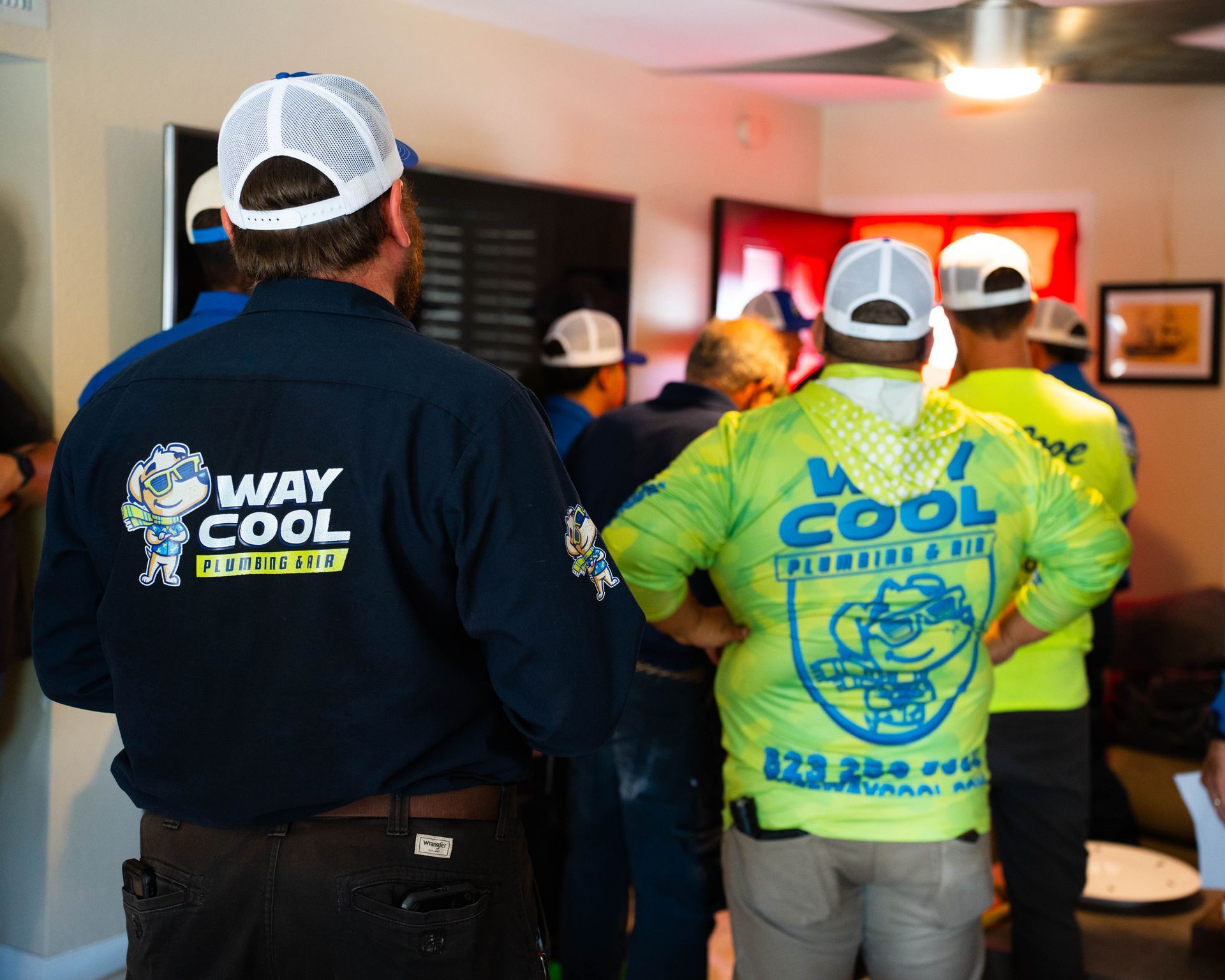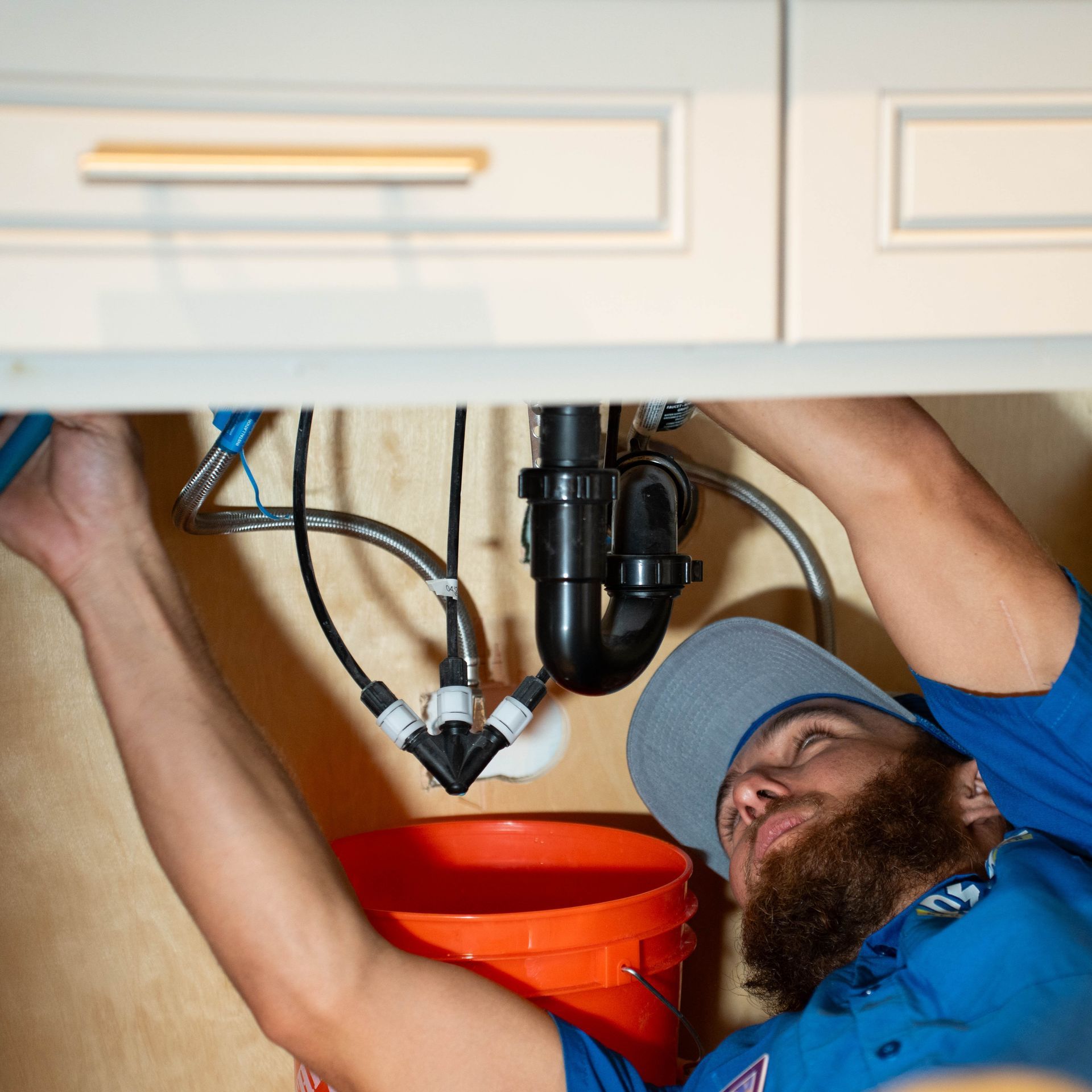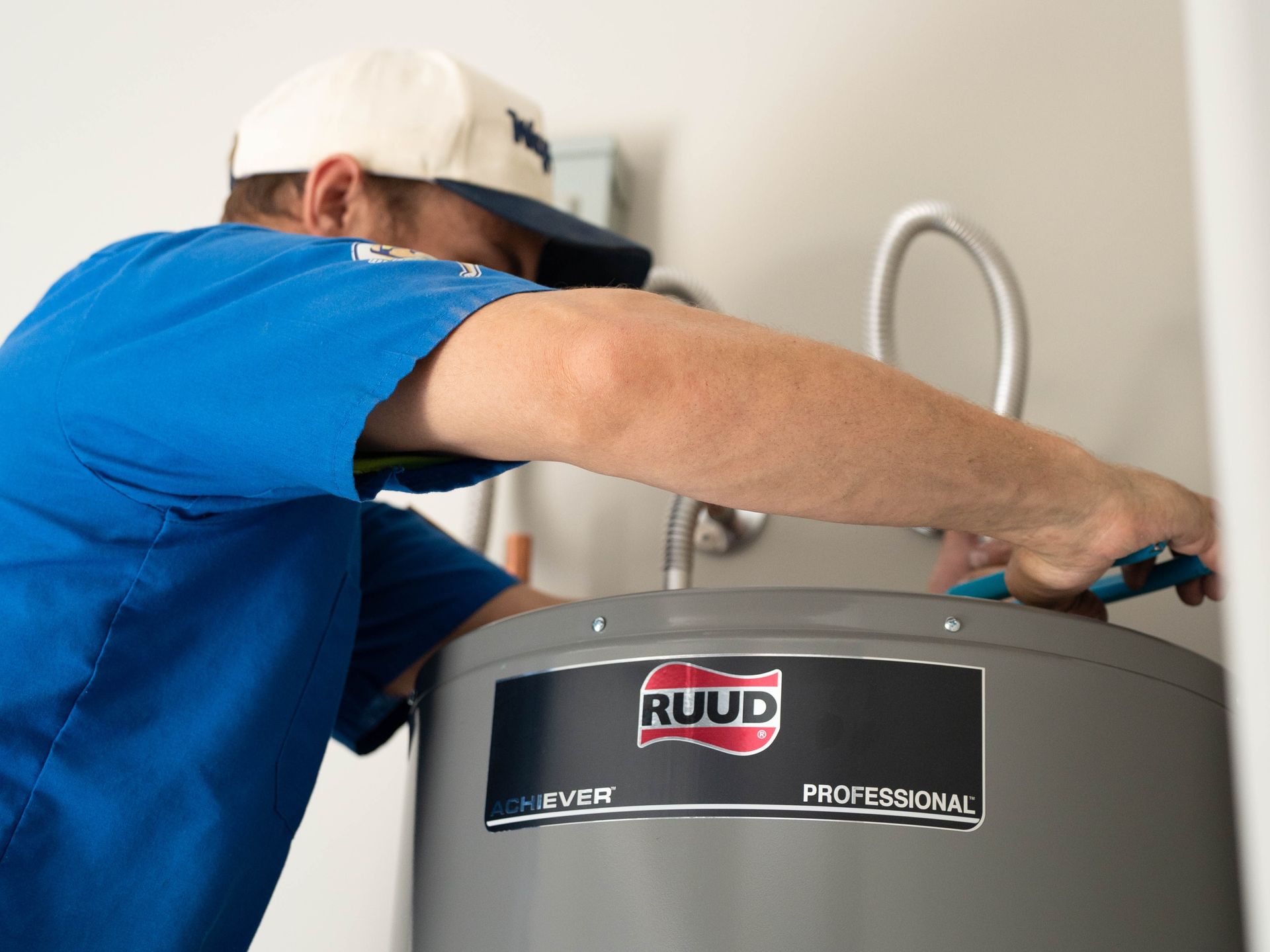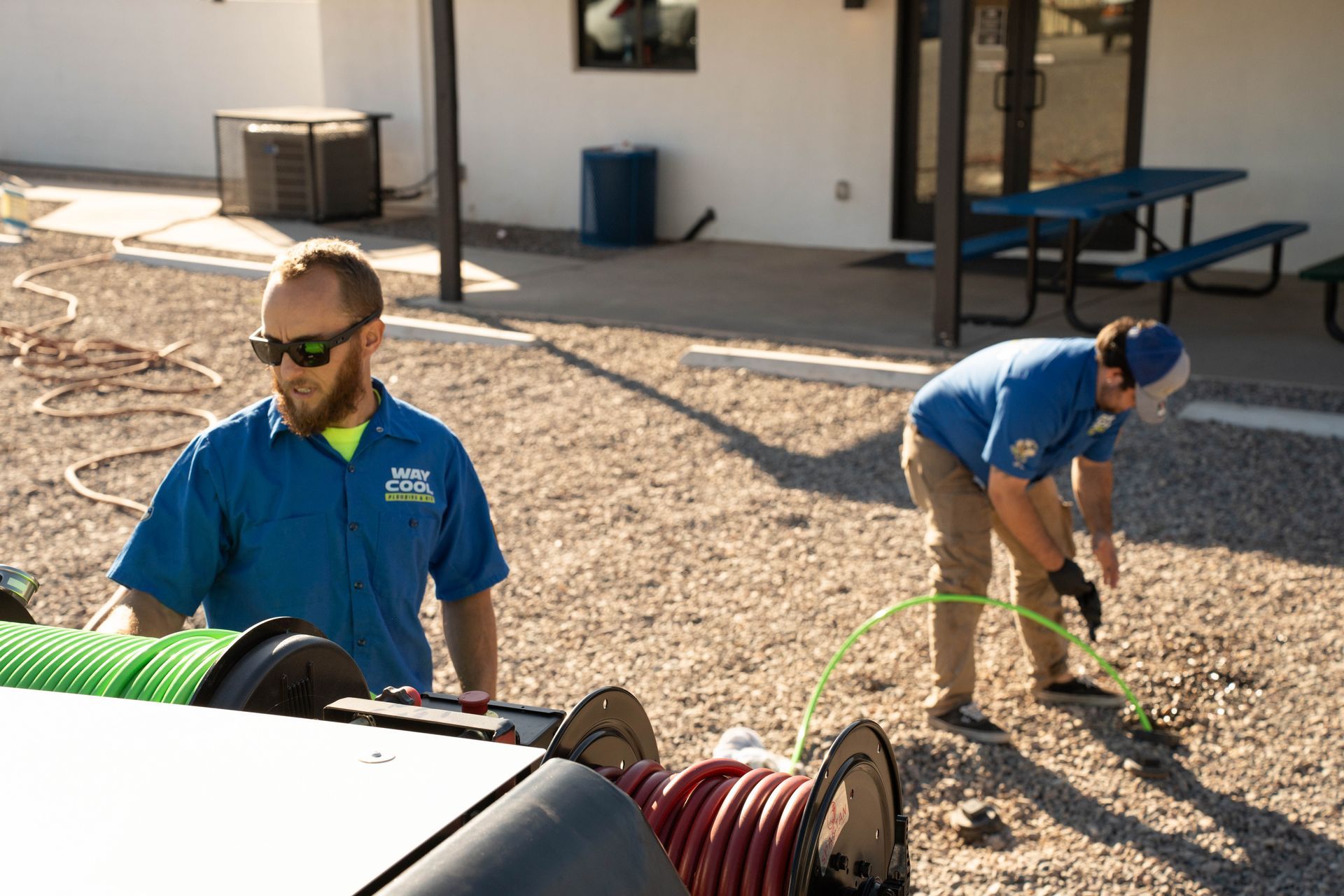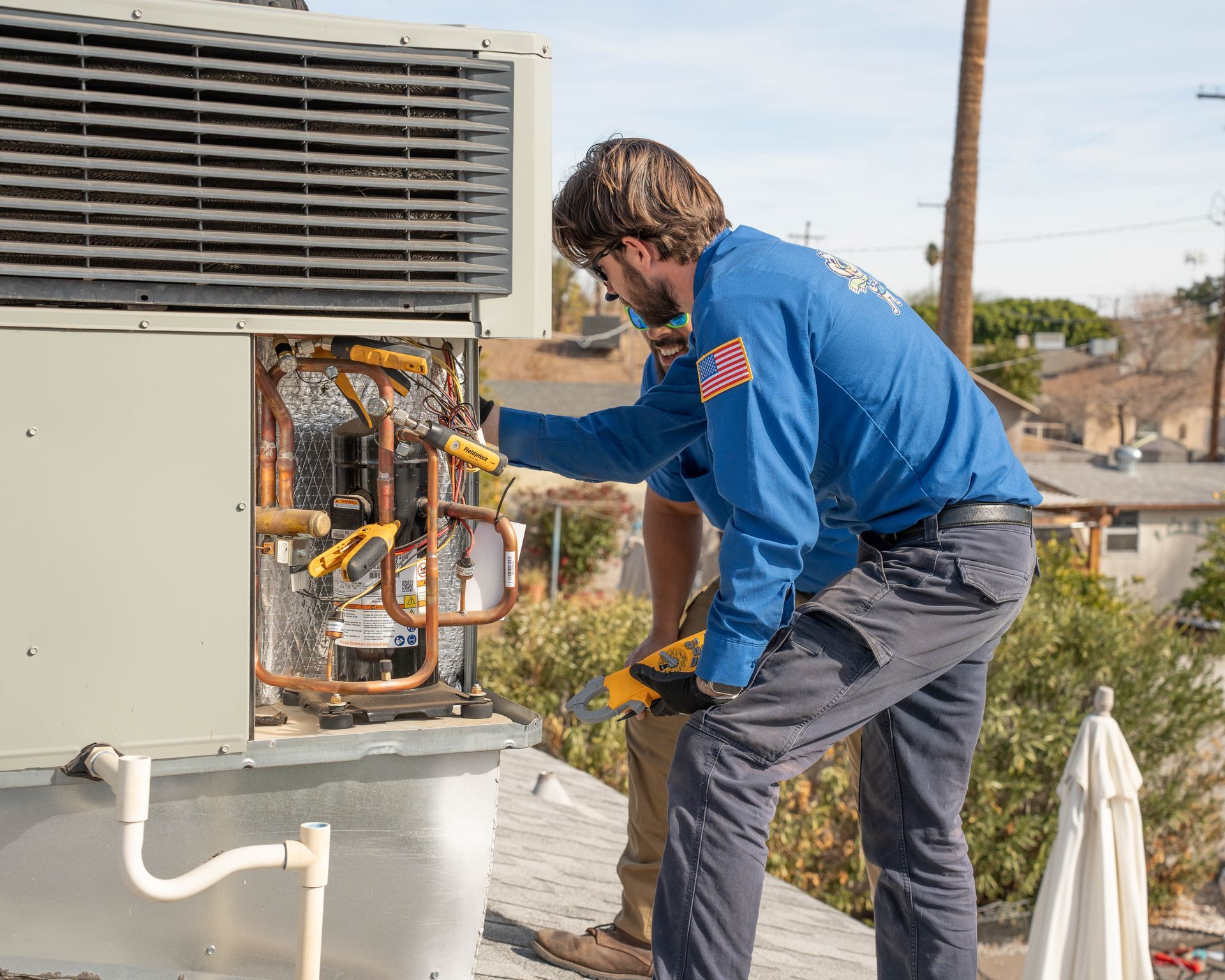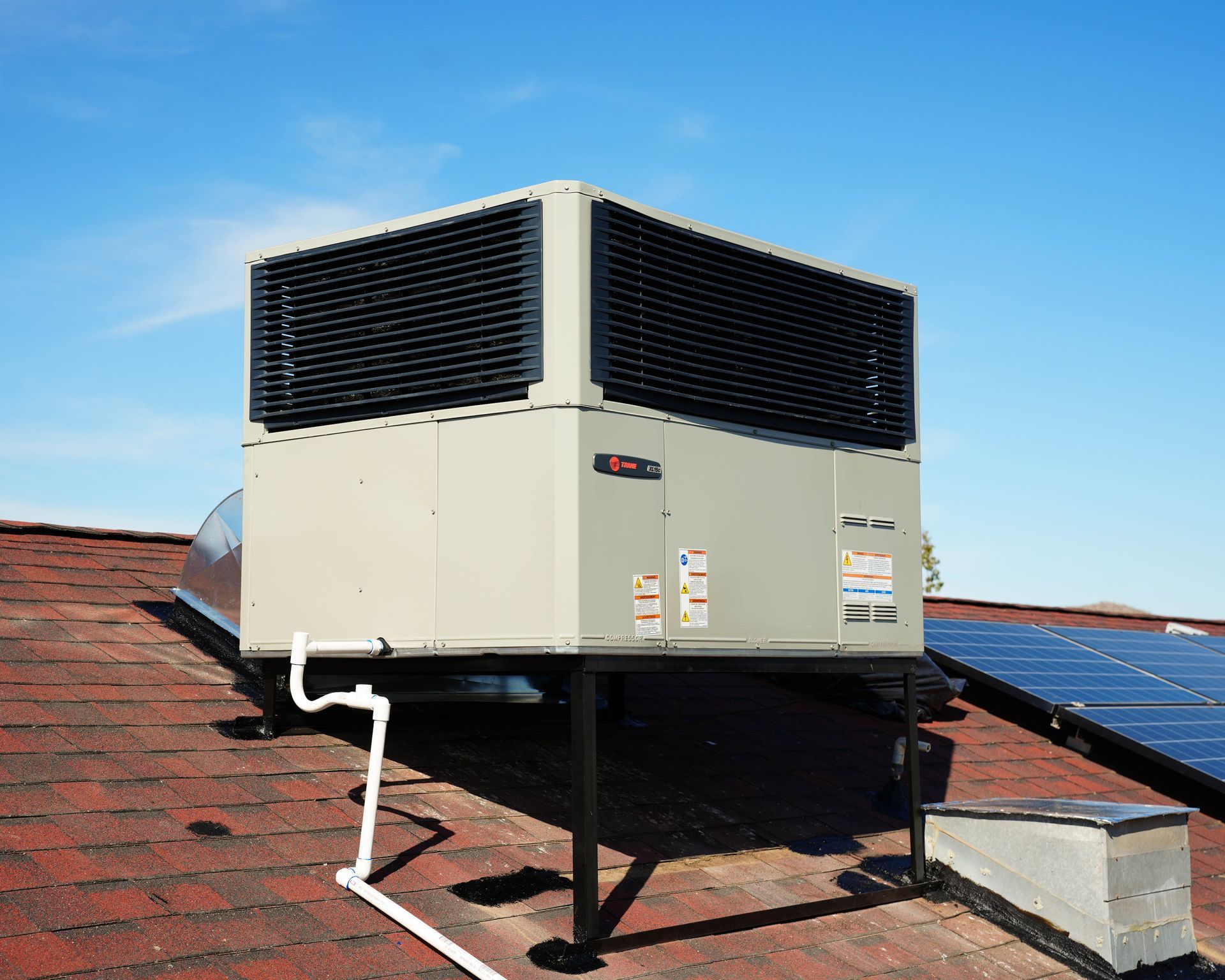Energy Efficiency Tips for Phoenix Homes – FAQs
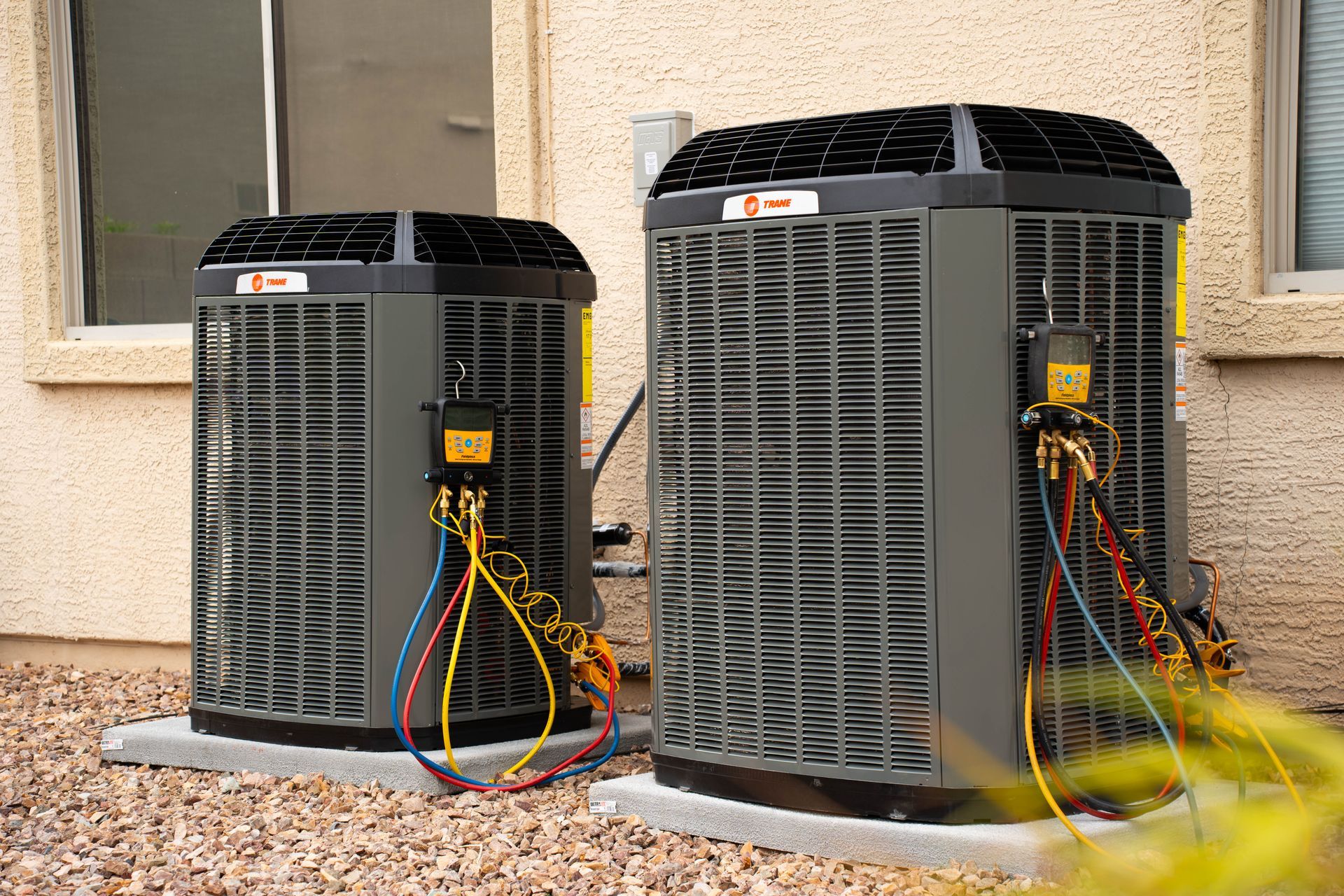
Q: What thermostat settings balance comfort and savings in summer?
A: In Phoenix summers, every degree you raise your thermostat can make a noticeable difference on your bill. A commonly recommended setting is around 78°F (25.5°C) when you’re home and need cooling. At 78°F, most people feel reasonably comfortable with a fan on, and it significantly cuts energy use compared to, say, 72°F. When you’re away from home for work or errands, you can let it go warmer – perhaps 82–85°F. With a programmable or smart thermostat, you can schedule these setbacks so the house isn’t being fully cooled when empty. The key is not to let it get too hot if you’re only gone briefly, because the AC will work overtime to cool everything back down. But for longer absences, warmer settings are efficient. Also, use ceiling fans in occupied rooms – fans don’t actually lower room temperature, but the breeze makes you feel about 4°F cooler, which means you can be comfortable at a higher thermostat setting. (Just remember to turn fans off when you leave the room – they cool people, not the air). At night, some people can sleep with it a bit warmer, others prefer cooler; find your balance, but know that setting, for example, 75°F instead of 70°F at night will reduce the AC’s run time a lot. In winter, if you have heating on, almost the reverse logic: maybe aim for 68–70°F when home, and cooler (60s) when out or at night under blankets. Phoenix has mild winters, so heating costs are typically lower anyway. The bottom line: 78 is a good baseline for cooling when home, higher when you’re away, and take advantage of fans and natural cooling at night when possible.
Q: Does it save energy to shut vents in unused rooms?
A: It seems intuitive that if you don’t cool one room, more cooling will go to the rest of the house and you’ll save energy – but in practice, closing air vents in unused rooms is not recommended. Modern central AC systems are balanced to move a certain amount of air; closing a vent increases pressure in the ducts, which can actually create or worsen leaks and make the blower fan work harder. Studies have found that closing vents can increase energy consumption because the system’s efficiency is thrown offparkerandsons.comparkerandsons.com. It can also cause those closed-off rooms to build up heat and then that heat seeps to other parts of the home. In some cases, closing too many vents can even risk freezing the evaporator coil or damaging the compressor due to reduced airflow. A better approach if you want to vary temperatures room-to-room is zoned HVAC systems (with special dampers and multiple thermostats) or using a smart vent system that’s designed to modulate airflow (and even those have limits). But simply closing a vent or door in a standard system often backfires by causing pressure imbalancesparkerandsons.com. So, for efficiency and system health, it’s usually best to leave all vents open and let the system distribute air as designed. If you have a rarely used room, you can set the thermostat a bit higher overall and use a fan or room unit when someone is in there, but don’t try to micromanage by sealing off that room’s vent.
Q: Are solar panels a good way to reduce energy bills in Phoenix?
A: Solar photovoltaic panels are extremely popular in Arizona for good reason – we have abundant sunshine. By generating your own electricity, you can drastically cut your utility bills. For many homeowners, a correctly sized solar array can offset a large portion of their annual electricity use (especially all that AC use). Phoenix’s solar potential means systems here often pay for themselves in as little as 6-8 years through energy savings, and then you get essentially free power from then on (aside from minimal maintenance). There are also incentives: as of mid-2020s, there’s a federal tax credit (30% of system cost) and sometimes local or utility incentives for solar. Net metering policies (how you’re credited for excess solar power you send back to the grid) have changed a bit, but solar is still quite beneficial – even if full 1:1 net metering isn’t available, the power you produce during the day reduces what you need to buy. Additionally, solar can increase your home’s value. The main considerations: you need a good unshaded roof (south or west orientations are ideal here for afternoon sun). Also, initial costs are significant, though financing and lease options exist. If you plan to live in your home for several years and have high electric bills, solar is definitely worth exploring. It pairs nicely with other efficiency measures: first reduce your usage with efficiency, then produce the rest with solar. And if you’re concerned about outages, you might consider solar with a battery backup, which can keep critical appliances (like your fridge or some lights and the internet) running during a grid outage. In short, yes – Phoenix is one of the best places in the world for solar power, making it a top recommendation for reducing long-term energy costs.
Q: What are some low-cost tips to make my home more energy efficient?
A: Not every improvement requires a big investment. Here are some low or no-cost tips:
Use sun shades or window films: About 30% of the heat in your home comes through windows. In Phoenix, sun screens (mesh window screens that block ~70% of solar gain) on west- and south-facing windows are very effective and relatively cheap. Even closing blinds or curtains during the day, especially on sunny sides, will keep your home cooler.
Weatherstrip and seal: Get some inexpensive weatherstripping tape and seal the gaps on exterior doors. Use caulk to seal cracks around window frames, cable entry points, etc. Sealing little air leaks can cut cooling losses and keep hot air out.
Efficient lighting: Swap out any remaining incandescent or old CFL bulbs with LED bulbs. LEDs use about 75% less energy and run cooler (important when you’re trying not to add heat indoors). Also, remember to turn off lights when not needed.
Thermostat habits: If you don’t have a programmable thermostat, you can still manually adjust. Set reminders to nudge that thermostat up when you leave the house. Every bit helps. Or consider a smart thermostat – some utility companies even provide rebates or free smart thermostats because they know it saves energy.
Use fans wisely: As mentioned, fans make you feel cooler. Use ceiling fans in rooms you’re in and you might be able to raise the AC temp by a couple degrees. Just turn them off when you leave. A fan costs only a tiny fraction of what an AC does to run.
Unplug “vampire” devices: Electronics like TVs, game consoles, and chargers draw power even when off (a phenomenon called phantom load). Use power strips and turn them off when devices are not in use, or unplug things like phone chargers when not actively charging. It’s not huge, but it can save a few bucks a month and every bit counts.
Laundry and dishwash smartly: Run full loads (half-loads waste water and energy). Use cold water for laundry when possible – modern detergents often clean well in cold. Run dishwashers and laundry at night to avoid heating the house during peak heat (and it could save on time-of-use energy rates if you have those). Air-dry clothes if feasible; the dry air here can dry clothes fast and reduce dryer use.
Service your AC: While a tune-up might cost a little, simply keeping the filter clean is a no-cost must. A clogged filter can increase AC energy use by 5-15%. Also ensure your vents are open and not blocked by furniture for good airflow.
These small steps, cumulatively, can shave a noticeable amount off your energy bills and make your home more comfortable. They’re a great starting point before considering bigger investments like new AC units or insulation.
Q: Does using my pool pump at night save energy or money?
A: It can, especially if you’re on a utility plan that charges different rates at different times (time-of-use plans). SRP and APS often have higher rates during peak hours (afternoon/early evening) and cheaper rates late at night. Running your pool pump in off-peak hours could save quite a bit if your rate plan supports that. Additionally, consider the pool pump’s efficiency: older single-speed pool pumps are energy hogs. Upgrading to a variable-speed pool pump can save a lot – often using 50-75% less energy, and utilities frequently offer rebates for them because they reduce overall grid demand. Running the pump the minimum necessary to keep the pool clear is also wise (many pools can stay clean with 4-6 hours of pumping a day if chemically balanced and if the pump is efficient, rather than the old standard of 8+ hours). And yes, nights are cooler so there’s slightly less evaporation and less chemical burn-off when circulating at night versus the intense sun of daytime. Just make sure the pump run times still sufficiently mix any chemicals you add (which you might do in the evening). Overall, aligning pool pump usage with low-rate hours and using an efficient pump is a smart move to cut costs in our climate where pools are common.
